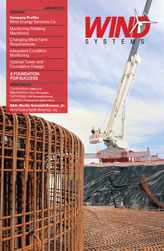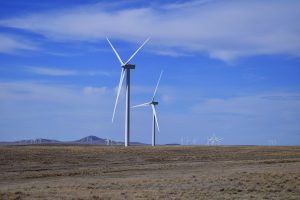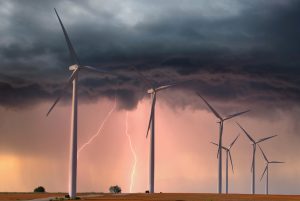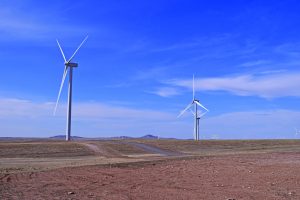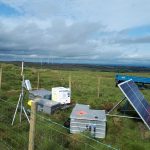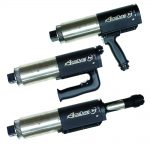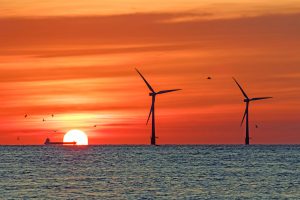One of the leading reasons why wind energy development is such an attractive investment opportunity today is that if developed, operated, and maintained appropriately the project will have a relatively short payback period with a long future of profit generation. This presumes that the turbine is operated efficiently for its 20-year life, that major components have not repeatedly failed, and that prudent maintenance practices were followed. As the project transitions into post-warranty operation and turns the corner from payback to profits, costs associated with maintenance strategies enter more into the O&M limelight. It is at this point where there may be a less compelling desire to maintain the turbines in the same way as they were when new, particularly for tasks related to preventative maintenance. The question then becomes whether it is as profitable to perform the same level of maintenance on an aging project, and if not, what needs to change? Simply continuing to follow the same preventative maintenance before and after the warranty period may not make the best sense. Establishing your own post warranty preventative maintenance program coupled with predictive maintenance will reap the most benefits, and if you are a risk taker there may even be a little room for reactive maintenance as well.
Because a wind turbine cannot be maintained constantly, we initially need some practical determination of when it is appropriate to perform maintenance. The OEM typically determines the interval, and sticking to it is affected by what is found during these activities. The result of following this routine is that much of the maintenance performed during the early years is probably unnecessary, while in the later years too much time may pass between visits that could result in increased unplanned outages. Also not very helpful, additional shutdowns in a new turbine’s life to perform preventative maintenance may even contribute to the wear of the turbine components, leading to a shortened life.
Missing from the modern wind turbine preventative maintenance program are the site-specific factors that affect the operation and wear of turbine components. Preventative schedules are provided as turbine-specific, and while they address the normal operation of components, they stop short of addressing unusual environmental conditions that can greatly impact their wear cycles. The effectiveness of a schedule is dependent upon the root cause analysis program on it was based, and the ground rules used for its cost efficiency. Seldom, however, does a preventative maintenance strategy evolve into predictive maintenance, a strategy that bases maintenance need on the actual condition of the turbine component rather than on some preset schedule. In fact, two methodologies dominate modern wind industry maintenance programs, preventative schedules provided by the OEM and reactive maintenance performed in lieu of any other type of maintenance activity.
It might surprise readers that, according to a study by the U.S. Department of Energy, more than 33 percent of maintenance activities fall under a preventative strategy, while a whopping 55 percent are reactive. The wind industry is full of examples where this run-to-failure policy replaces any other type of maintenance activity and where it is presumed that the maintenance and replacement costs for this type of service is actually less than the preventative maintenance costs. This is a policy that allows a turbine component to run until it breaks down, at which point repair or replacement will be performed. A reactive maintenance program is paradoxical in that, for new equipment there will likely be minimal incidents of failure. We experience that any equipment, no matter how little maintenance is actually performed, will likely operate for some time without failure. As some large project owners choose to waive an annual transformer oil analysis program, they in return accept a few transformer failures whose aggregate cost to replace could be more or less than the monitoring program itself. A project owner might decide that it’s okay to run a transformer to failure as long as a failure itself doesn’t result in an environmental hazard. It may be acceptable to not replace worn blade bearings as long as failure of the blade doesn’t result in catastrophic damage to the turbine structure. A damaged gearbox can continue to operate to failure as long as other drivetrain components are spared from the event. Those are some pretty big considerations in a post-warranty world because, while waiting for the component to fail, the life of the turbine is being shortened. During the time we think we are saving maintenance and capital cost by performing only reactive maintenance, we may actually be spending more than we would have under an observable maintenance approach. Owners should realize there is a place for different maintenance practices in the wind industry. It begins with understanding the actual status of the overall project, at all times.
















